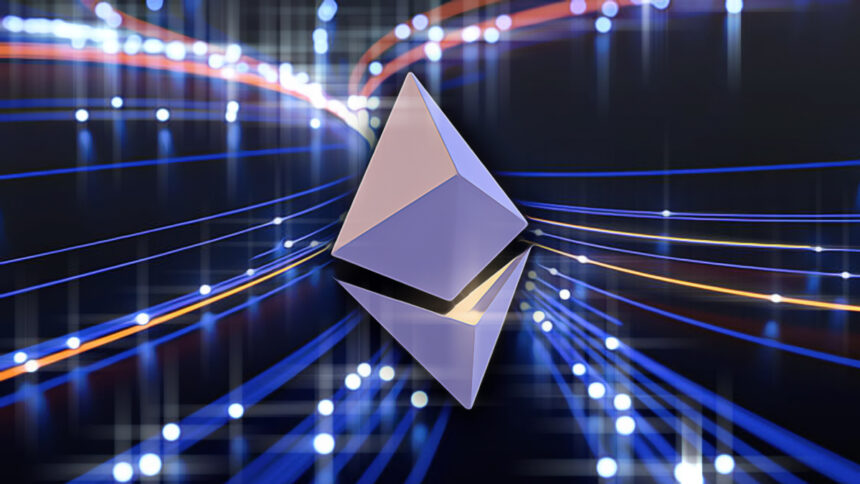On January 16, Ethereum  $3,012 developers held the 203rd All Core Developers Execution (ACDE) meeting, focusing on the Pectra update. During the meeting, the developers clarified the timeline for the update’s launch after months of discussions. Christine Kim, a manager at Galaxy Research, shared a summary of the meeting with the community.
$3,012 developers held the 203rd All Core Developers Execution (ACDE) meeting, focusing on the Pectra update. During the meeting, the developers clarified the timeline for the update’s launch after months of discussions. Christine Kim, a manager at Galaxy Research, shared a summary of the meeting with the community.
When Will the Ethereum Pectra Update Begin?
Developers agreed to launch the update in mid-March. Additionally, they established a new schedule for upcoming ACDE meetings, which will take place on either January 20 or 30. During these meetings, a block number, along with the specific date and time for the update, will be determined.
The proposed timeline is as follows:
January 23 or 30, the block number and exact date/time will be finalized in the next few ACDE calls.
By February 3, new client versions for the update will be released.
~February 12, Sepolia fork
~February 19, Holesky fork
Early to mid-March, mainnet fork
— Christine Kim
Developers need to finalize new client versions for the Pectra update by February 3. The Sepolia fork is scheduled for February 12, followed by the Holesky fork a week later. The mainnet fork is planned for early or mid-March, contingent upon the plan’s adherence.
Features and Impacts of Pectra
The Pectra update stands out as the largest update following the Dencun update. This major update will introduce innovative features that optimize transaction speeds while addressing scalability and security issues.
With new features such as account abstraction in EIP-7692 and EVM Object Format (EOF) enhancements, the update will benefit both users and developers.
Ongoing updates within the Ethereum ecosystem aim to advance Layer-2 scaling solutions. These L2 protocols will benefit most from these updates due to more innovations than the Ethereum blockchain currently provides.
As previously reported, Tether launched a new stablecoin, USDT0, on the Ink L2 solution initiated by Kraken. This wave of innovation may take advantage of the enhanced developer experience that Pectra and Fusaka will introduce in the coming months.
The Pectra update aims to make significant contributions to the ecosystem by enhancing scalability and security. Successful implementation of this update could improve the effectiveness of Layer-2 solutions and offer various advantages for users and developers alike.

 Türkçe
Türkçe Español
Español









